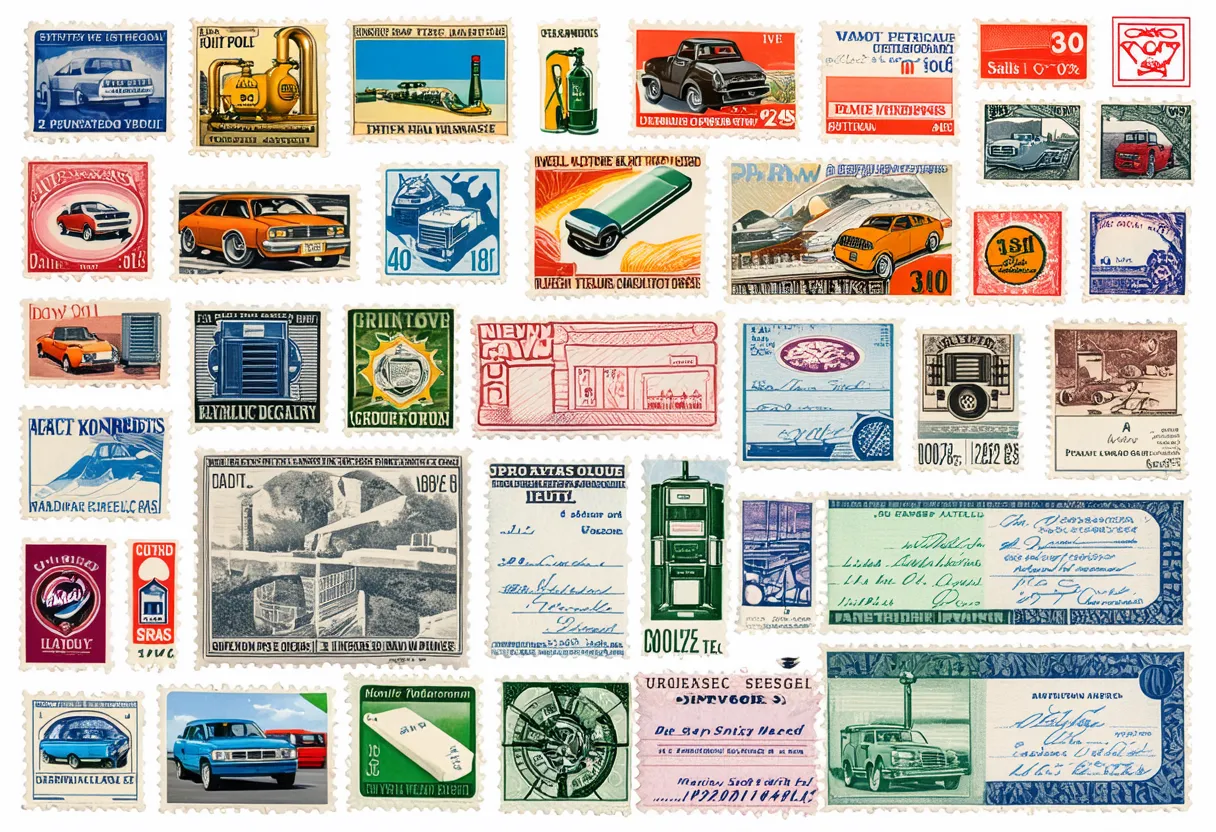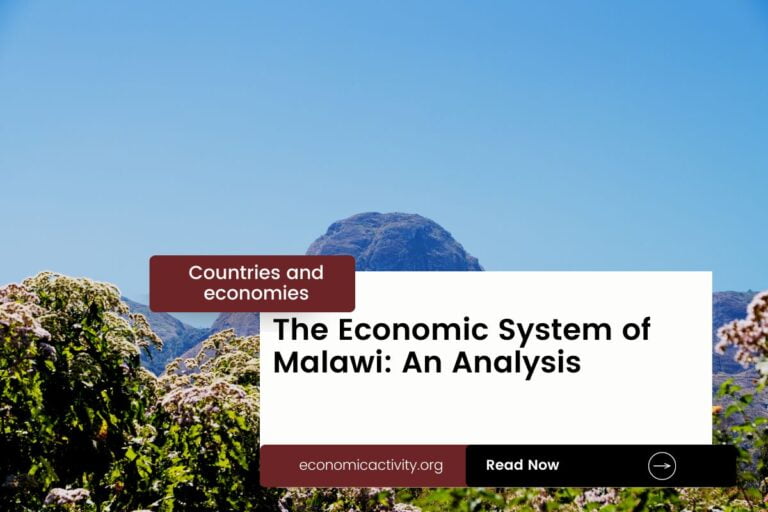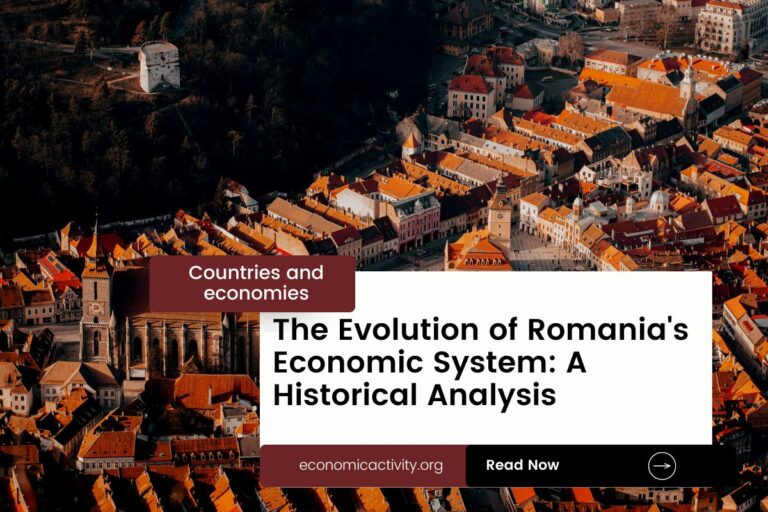Armenia, with a population of 2,780,469, is ranked 132nd in population size, behind Jamaica. Located in Western Asia, Armenia covers a total area of 29,740 square kilometers, ranking 132nd in size, just behind Lesotho.
Armenia’s economy in 2022 is positioned at a GDP of $19,513,474,648.24, ranking 118th globally. It falls behind Haiti, which has a GDP of $20,253,551,884.61. In terms of GDP per capita, Armenia stands at $7,018.05, ranking 90th worldwide.
It lags behind Peru, with a GDP per capita of $7,125.83. Armenia’s economic position reflects steady growth and development, with potential for further advancement in key sectors to enhance its global standing and economic stability.
What are the economic activities of Armenia?
- Primary activities: 16.7% of GDP.
- Secondary activities: 28.2% of GDP.
- Tertiary activities: 54.8% of GDP.

Primary Sector of Armenia
Armenia’s primary sector, with a vast agricultural focus, thrives due to its diverse climate and abundant natural resources. With 58.83% of the land dedicated to agriculture, the country produces a variety of crops and animal products, including milk, potatoes, grapes, tomatoes, vegetables, wheat, watermelons, apricots, apples, and barley.
Despite agriculture contributing 16.7% to the GDP, its significance lies in the wide array of agricultural products, showcasing the sector’s importance in providing food security and sustaining livelihoods.
Armenia’s diverse geology results in limited but valuable natural resources, including small deposits of gold, copper, molybdenum, zinc, and bauxite. These resources play a crucial role in the country’s economy, contributing to industries such as mining and metal production.
Secondary Sector of Armenia
What is the secondary sector or what are secondary activities?
The secondary sector involves industries that transform raw materials into finished products for consumption. In Armenia, the main industrial products include brandy, diamond processing, metal-cutting machine tools, forging machines, electric motors, knitted wear, hosiery, shoes, silk fabric, chemicals, trucks, instruments, microelectronics, jewelry, software, and food processing.
Manufactures make up 48.17% of Armenia’s total exports in 2023. While significant, other sectors play a crucial role in diversifying the economy and reducing reliance on one industry.
Tertiary sector of Armenia
What is the tertiary sector or what are tertiary activities?
The tertiary sector in Armenia encompasses the provision of intangible goods and services to enhance productivity and meet various needs. Main activities include restaurants, healthcare, education, banking, communication, media production, and tourism. These sectors contribute significantly to Armenia’s economy by offering essential services and promoting growth and development.
Specifically, Armenia’s tourism industry significantly contributes to its economy, with 1,894,000 annual arrivals, accounting for 0.6812 of its population. Yerevan, the capital, and the ancient monasteries of Khor Virap and Geghard are among the most popular destinations, offering rich cultural experiences and breathtaking landscapes to visitors.
Another example of tertiary economic activity is the mobile cellular sector, with approximately 3.8 million subscriptions, fostering technological growth. This connectivity enhances digital services, supporting innovation and economic development.
Military Activities and Economic Sectors of Armenia
The military is a clear example of many economic activities working together. In the primary sector, resources are extracted for military use, like metals for weapons. The secondary sector includes the manufacturing of military equipment, such as vehicles and weapons. The tertiary sector covers services provided by the military, while the quaternary sector focuses on research and development. Lastly, the quinary sector involves high-level decision-making and strategy in the military.
In Armenia, the military has a recent annual expenditure of $1,329.5 million, which is 4.3% of the country’s GDP. The active military force consists of 44,800 personnel, resulting in 85.3 active military members per 1,000 people. This data shows how the military impacts various economic sectors in Armenia.
International Trade of Armenia
Import Activities of Armenia

Armenia’s import activities are of high importance, constituting over 50% of its GDP in 2023, totaling $12,021,704,841.
Armenia’s key import partners include Russia (23%), UAE (19%), China (10%), Georgia (5%), and Iran (5%). The country imports postage stamps/documents, cars, broadcasting equipment, refined petroleum, and natural gas.
Exports Activities of Armenia

Armenia’s export activities are of high importance, accounting for over 50% of its GDP. Total exports in 2023 reached $8.37 billion, highlighting the country’s reliance on international trade for economic growth.
Armenia’s export activities are diverse, with key partners like Russia, UAE, China, Georgia, and Switzerland. The country mainly exports copper ore, gold, diamonds, tobacco, and iron alloys.
Armenia economy challenges in 2024
Armenia, an EEU and CIS member, seeks more EU and US trade. It has a business-friendly environment but faces challenges with a vulnerable demand economy. As a key copper and gold exporter, persistent unemployment and reliance on diaspora remittances are pressing issues in 2024.




Leave a Reply